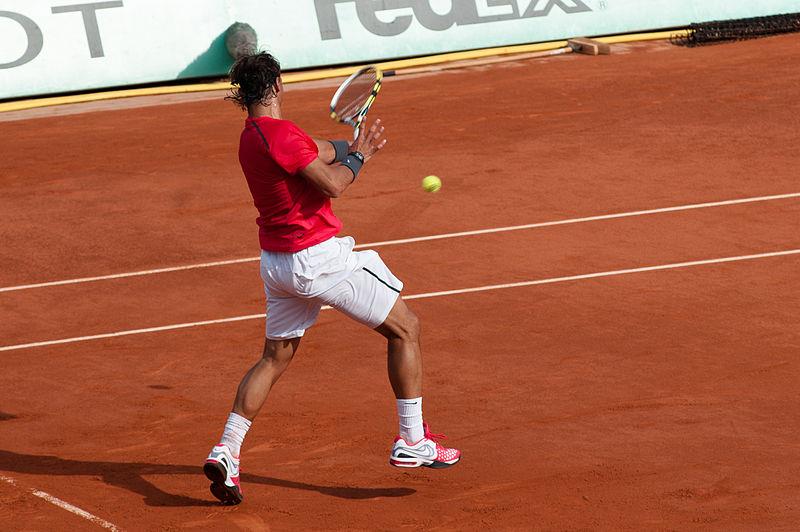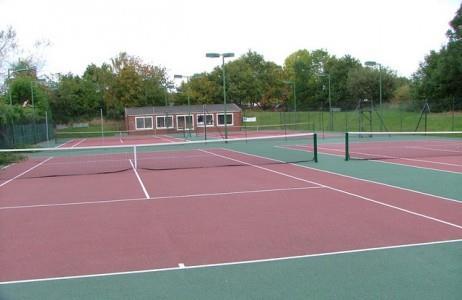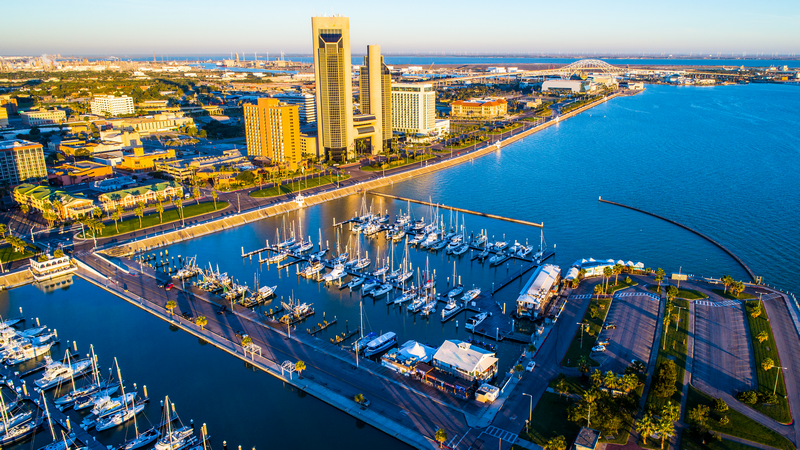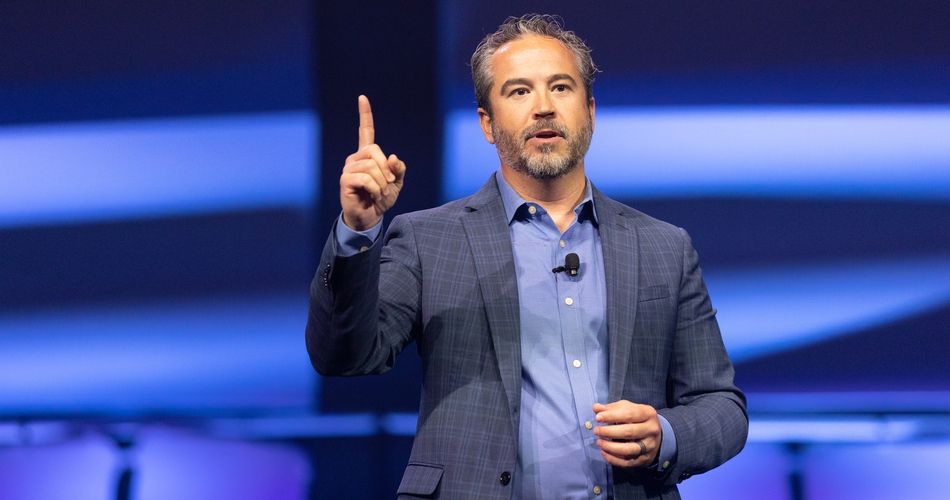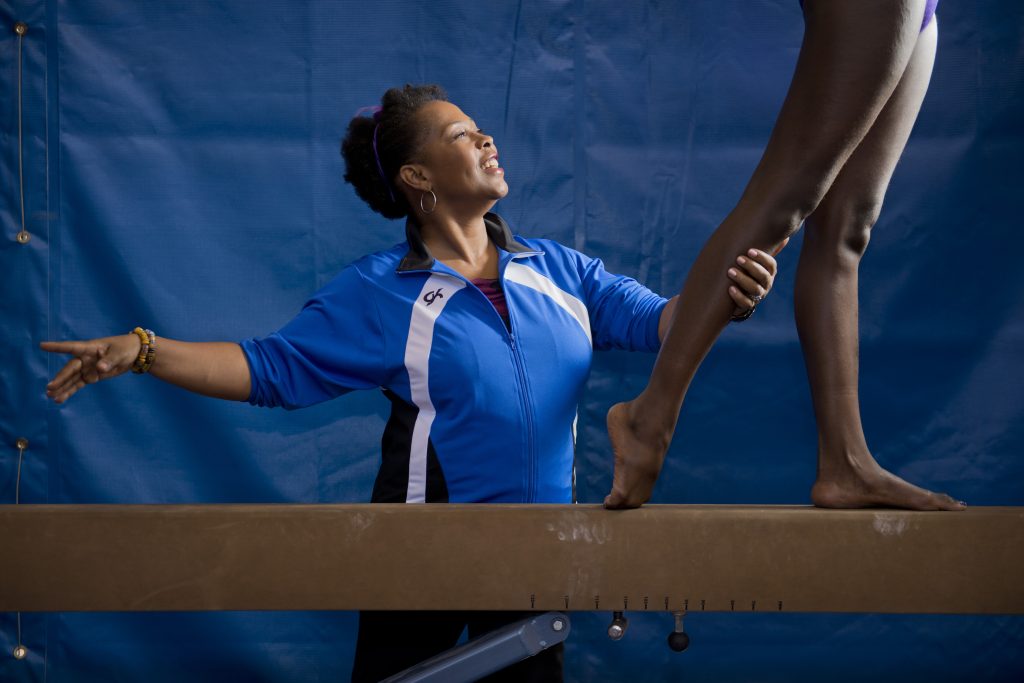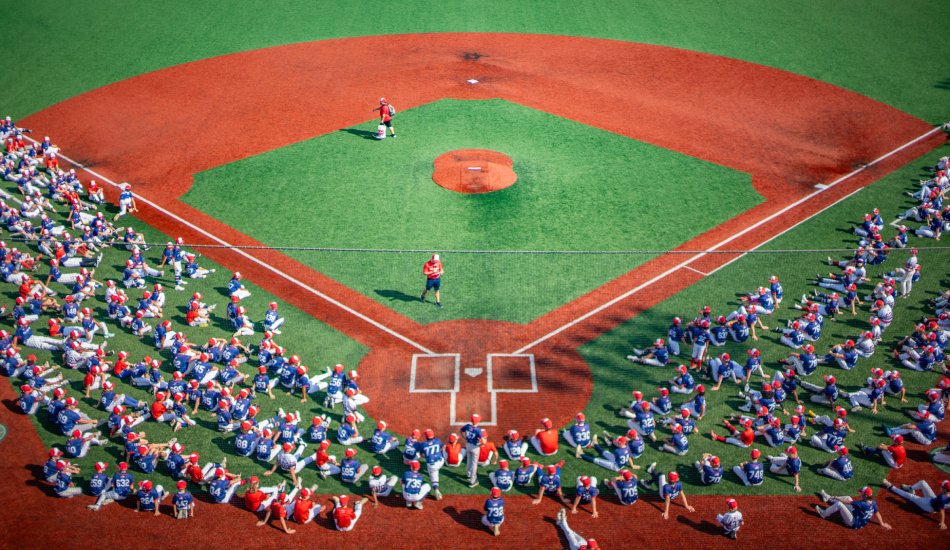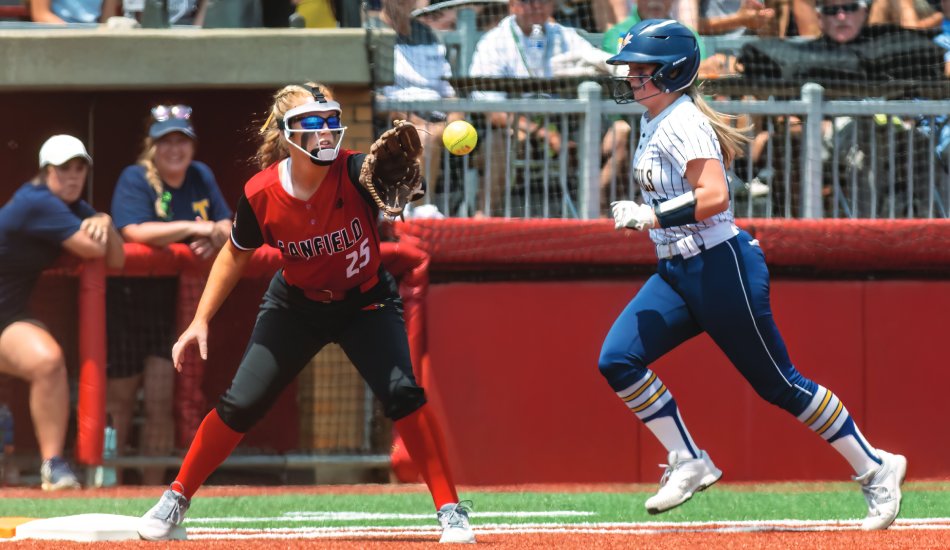According to the New York Times, business has never been better for the tennis industry than it is now, but as the sport has developed largely outside of the public school system, it’s become a costly activity that is limiting the number of potential players.
Currently, American tennis play is mainly confined to country clubs and expensive specialty camps, and as a result, the sport is experiencing a decrease in the number of high school team members. As American tennis pays for its exclusivity in its lack of Grand Slam champions, the solution is simple: make tennis more accessible to the general public, and the easiest way to do that is to increase the number of public courts available.

Two young boys practice during the Marine Corps Community Services Youth Sports clinic at Andy Bower Courts.
According to Bleacher Report, while statistics show that tennis participation among American youth has recently increased, the retention rate isn’t high and the number of American participants on college and professional teams is declining. Nearly half of all NCAA players are foreigners, and many famous American tournaments such as the SAP Open in Northern California are being relocated to other countries.
Now is the time for sports complex and public recreation facility managers to consider adding tennis courts to their facilities. The Tennis Industry Association noted in its 2012 report that tennis participation grew by 4%, and the largest increase was in children from ages 6-11, who showed a 13% increase.
The TIA reports that the number of tennis courts in the U.S. is approximately 270,000, and it’s estimated that only a small percentage of those are open for public use. If we can give these kids public access to tennis courts in their town, then we can open up the sport to kids who have the potential to be the next American tennis stars.
Tips for Those Interested in Building a Tennis Facility in Their Community
- Keep your budget in mind. The number of courts you’re interested in building as well as the type of court surface will determine how expensive your project is. If you get too optimistic about how much you can afford to spend, it’s likely that your project won’t be successful.
- Assess the state of the sport in your area. As it becomes less and less popular for public high schools to have tennis teams, it’s more likely that the sport won’t be popular in your area. With that in mind…
- Consider hosting camps or classes at your facility. Just because the sport isn’t that popular in your area doesn’t mean that it can’t gain popularity. With the opportunity to learn the sport in a public space, at a cheaper cost than at a country club or other private facility, more members of the community are likely to show interest.
- Know your facts. For information about court size and safety regulation, visit http://www.sportsbuilders.org/faq.cfm
Court Surfaces: What You Need to Know
Tennis is played on a variety of surface types, each with their own set of costs and benefits. When planning to build a tennis facility, it’s vital that you have an understanding of each type of court and what will be the most cost-effective, so here are some tips based off of the International Tennis Federation’s court surface descriptions (there are also carpet and artificial grass/clay, which are not mentioned below).
Grass courts

Sebastien Grosjean playing on a grass court in his 3rd round match against Jan-Michael Gambil during Wimbledon 2004.
- Pros: If you’re not concerned with the sophistication of your court, a grass court can be as simple as a lined lawn. Grass is also a renewable source and is fairly glare-free and cool. Grass can also be easier on the legs because it’s softer than clay, concrete and other court types, and injuries are often less severe since falls are cushioned. Since the points are smaller, these courts require less running and can put less strain on the arms since the racquet generally meets the ball lower on grass. Tennis shoes and balls also face less wear and tear on grass courts than harder surfaces.
- Cons: Grass courts can’t handle long tournaments because grass is extremely sensitive to extensive use. They can’t be used year-round, and a great deal of maintenance is required in order to keep them in good shape. Grass courts also take a pretty long time to dry, which can potentially reduce the amount of playing time. On the flip side of what was mentioned earlier, grass courts have the potential to actually be harder on the arm because the ball hits the surface with more speed and requires more torsion. Bounces are less predictable on grass courts and therefore luck can become more of an asset than skill in some cases.
Clay courts

Rafael Nadal playing on a clay court during The French Open in 2012.
- Pros: Repairs to clay courts are generally inexpensive, and the tools needed to build them are generally easy to find. The mobile top dressing layer of the surface allows controlled sliding and can make play more comfortable. Because clay is a softer surface, it’s easier on the joints than hard courts.
- Cons: Clay courts tend to be one of the slowest surfaces, which means they’re more responsive to spin, and that can be a bad thing for players of a lower skill level. They’re not ideal outdoor courts for areas that experience a great deal of rain because they take a decently long amount of time to dry, and they can’t be used at all when there is frost on the ground. In order to keep clay courts in their best condition, daily maintenance is required, such as daily watering with sprinklers, line painting, sweeping and leveling.
Hard courts
- Pros: There are multiple versions of hard courts: concrete, asphalt and acrylic. All three are generally pretty durable and require very little regular maintenance, which is why they’re the most common. Most can be used all year round without problem, and they don’t take long to dry. Most are easily resurfaced and the bounce is uniform. Hard courts also cost less to build than other kinds of courts.
- Cons: Concrete courts (and acrylic courts that are simply coated concrete) can be somewhat difficult and expensive to repair, and asphalt courts can experience cracks due to court shrinking. One possible physical effect from playing on hard courts (especially cement) is joint pain and/or problems.
The more kids we can get playing, the more of a chance the U.S. has at redeeming itself after last year’s embarrassment of having zero male players advance past the third home Slam round in 132 years. If we can increase the number of public courts, there’s a good chance that American tennis can be saved.
By: Niki Kottmann

